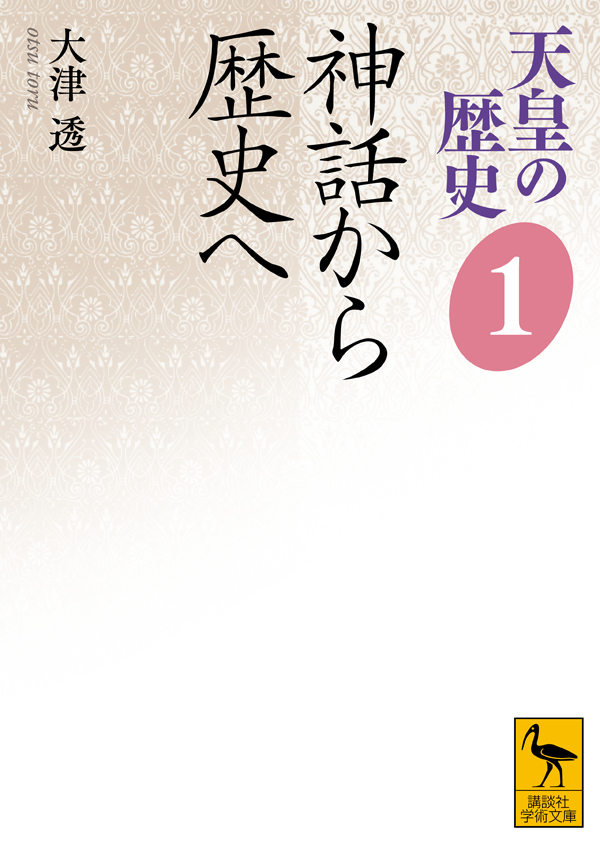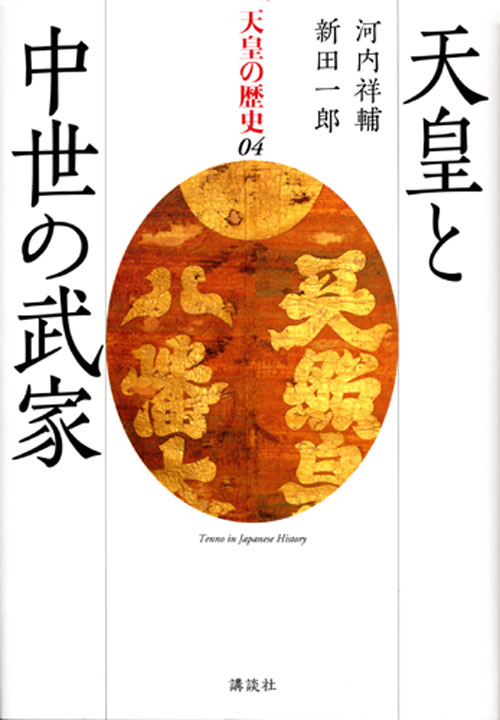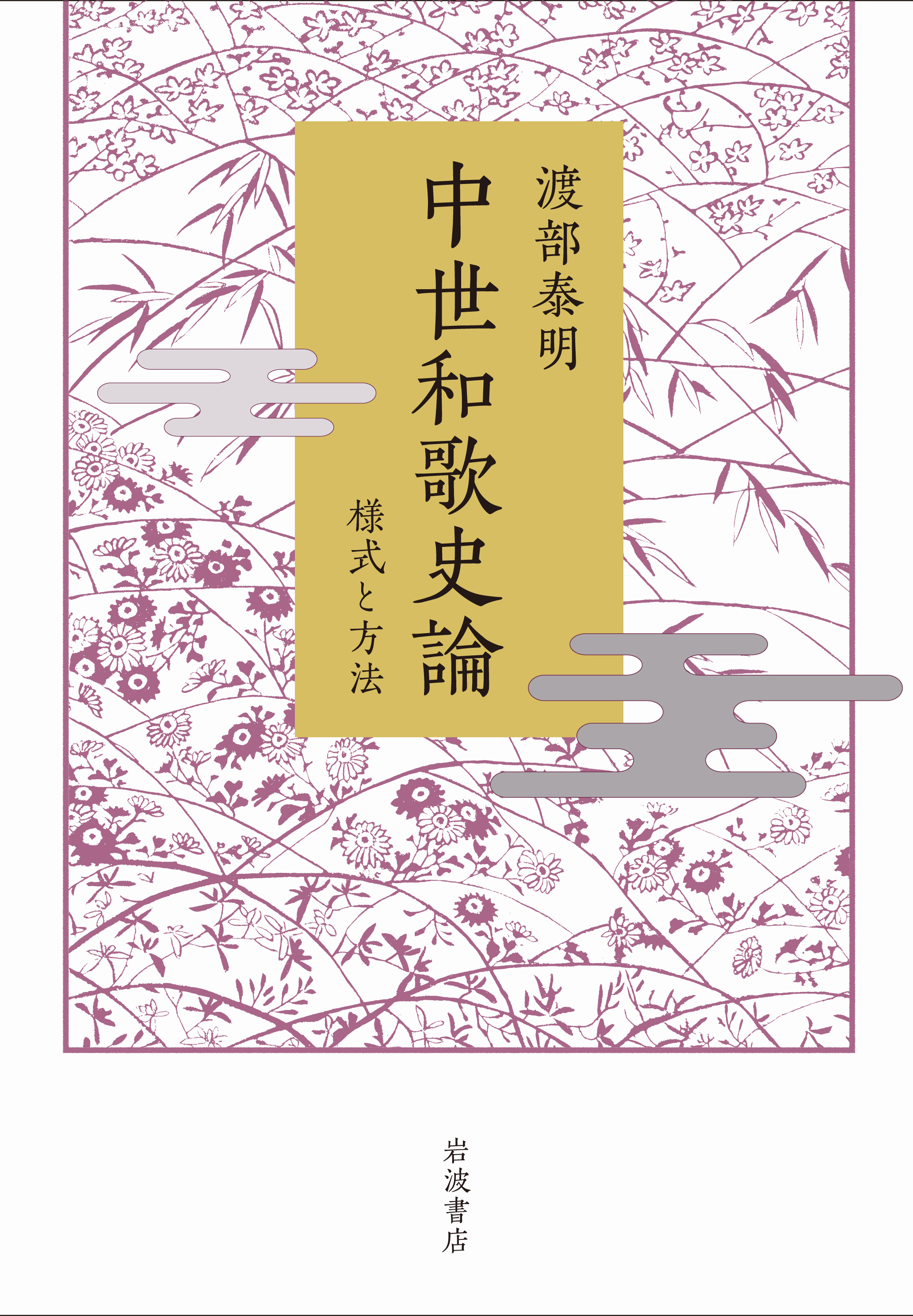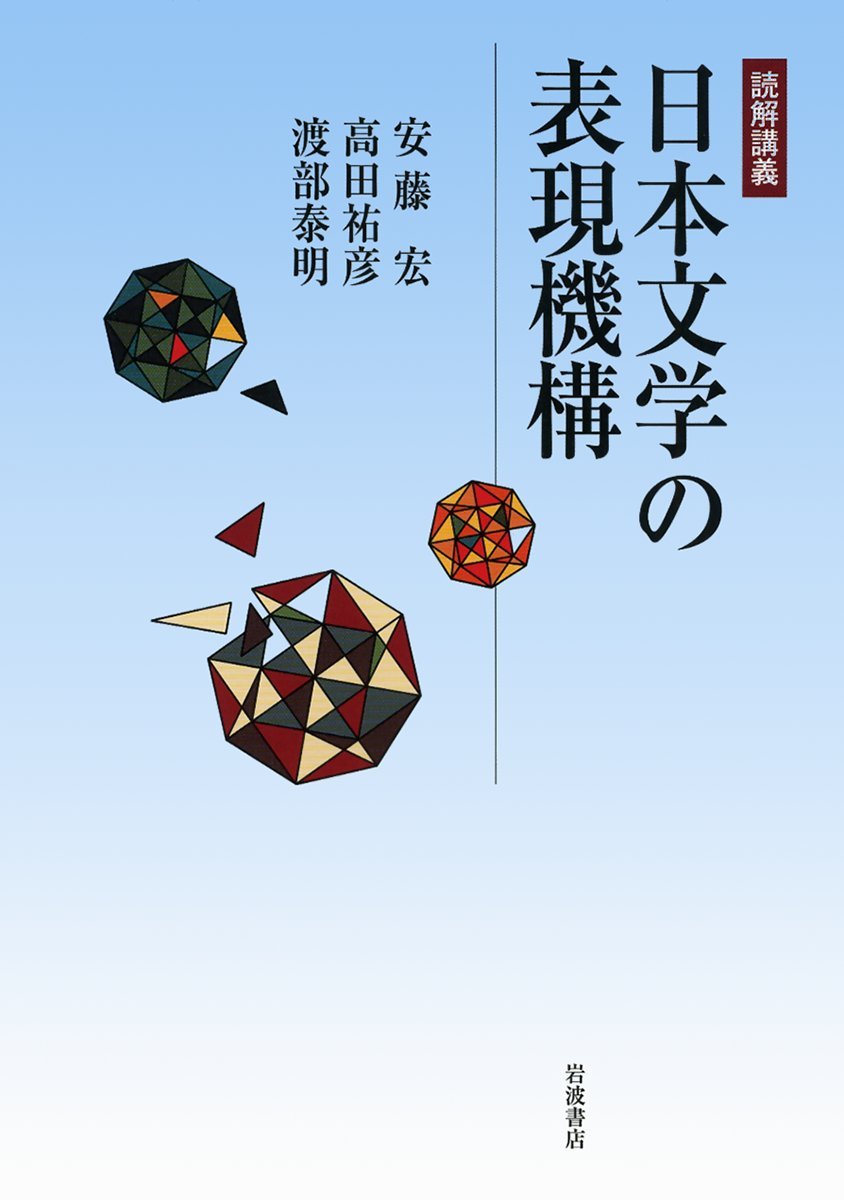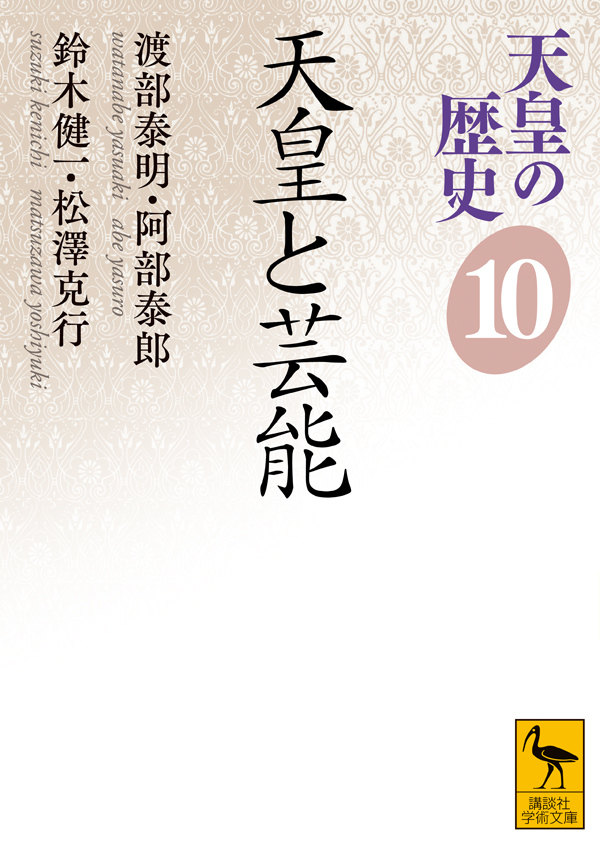
Title
A History of the Japanese Emperors, Vol. 10 Tenno to Geinou (The Emperors and the Performing Arts)
Size
392 pages, A6 format
Language
Japanese
Released
September 12, 2018
ISBN
978-4-06-513024-7
Published by
Kodansha
Book Info
See Book Availability at Library
Japanese Page
This book is the tenth volume in the 10-volume series A History of the Japanese Emperors, and it deals with the involvement of emperors in the performing arts from the ancient period to the early modern period. After its initial publication in 2011, it was republished with some minor corrections in 2018 in Kōdansha’s paperback series Kōdansha Gakujutsu Bunko. The book is divided into four parts, each written by a different scholar: “Part 1—The Emperors and Poetry: The Age of Anthologies Compiled by Imperial Command” (Watanabe Yasuaki); “Part 2—The Lineage of Kings of the Performing Arts” (Abe Yasurō); “Part 3—Emperors of the Early Modern Period and Poetry” (Suzuki Ken’ichi); and “Part 4—Emperors of the Early Modern Period and the Performing Arts” (Matsuzawa Yoshiyuki). Parts 1 and 3 deal with poetry, which had especially close connections with the emperors, and since I was responsible for Part 1, I wish to summarize its contents here.
Part 1 describes the involvement of emperors in poetry (waka) from the Heian period to the Muromachi period with a focus on anthologies compiled by imperial command, ranging from the Kokin wakashū to the Shin zoku kokin wakashū, which are discussed in chronological order. This means that approximately seven hundred years in the history of waka poetry, from the ninth century to the sixteenth century, are covered, with a focus on the emperors. In spite of the qualification “with a focus on the emperors,” my treatment of this period has been virtually equivalent to a delineation of the history of waka as a whole during the period in question since the history of waka poetry at the time was centred on the emperors. Furthermore, unlike narrative tales and other literary genres, waka poems themselves, anthologies of these poems, and the names of poets have survived in vast numbers, and one would end up using the greater part of one’s allotted space in just listing the principal proper nouns, which would most likely be not in the least interesting to read.
I accordingly devised the following means to get around this problem. I posed the fundamental question of why waka perdured for such a long time, and as a way of approaching this question I posited the twin perspectives of “expression” and “ritual behaviour.” I flatter myself that the latter perspective in particular was quite innovative. If one describes waka solely from the perspective of “expression,” as has been done in the past, one’s account will tend to lack in variation since waka have a strong element of stylized conventionality. In particular, from the Kamakura period onwards the Nijō school of poetry, which placed the greatest importance on conventionalized modes of expression, held sway, and this makes it difficult to describe the history of waka during this time with a focus on individualistic and distinctive modes of expression. In terms of content, too, the practice of composing waka on a set topic predominated, and this resulted in poems that were fabricated and conceptual, which can lead to frustration if one seeks some sort of literary emotion in them. By understanding waka from the twin aspects of modes of expression and ritual, or performative, behaviour, I have here endeavoured to give an account of the history of waka by thinking about the meaning waka had in each period.
“Ritual behaviour” in the context of waka refers not only to poetry competitions and exchanges of poems, but also to various conventionalized acts associated with waka, such as the compilation and copying of anthologies, the transmission of scholarship about poetry, and the offering of poems to deities. Although not apparent when one looks only at the modes of expression employed in waka, these various acts were strongly informed with the demands of the times and the wishes of the poet and the group to which he or she belonged. These acts required a focal point such as a Shinto or Buddhist deity, and I have taken the view that it was the emperor’s role to embody this focal point in a visible form.
(Written by WATANABE Yasuaki, Professor, Graduate School of Humanities and Sociology / 2019)



 Find a book
Find a book


